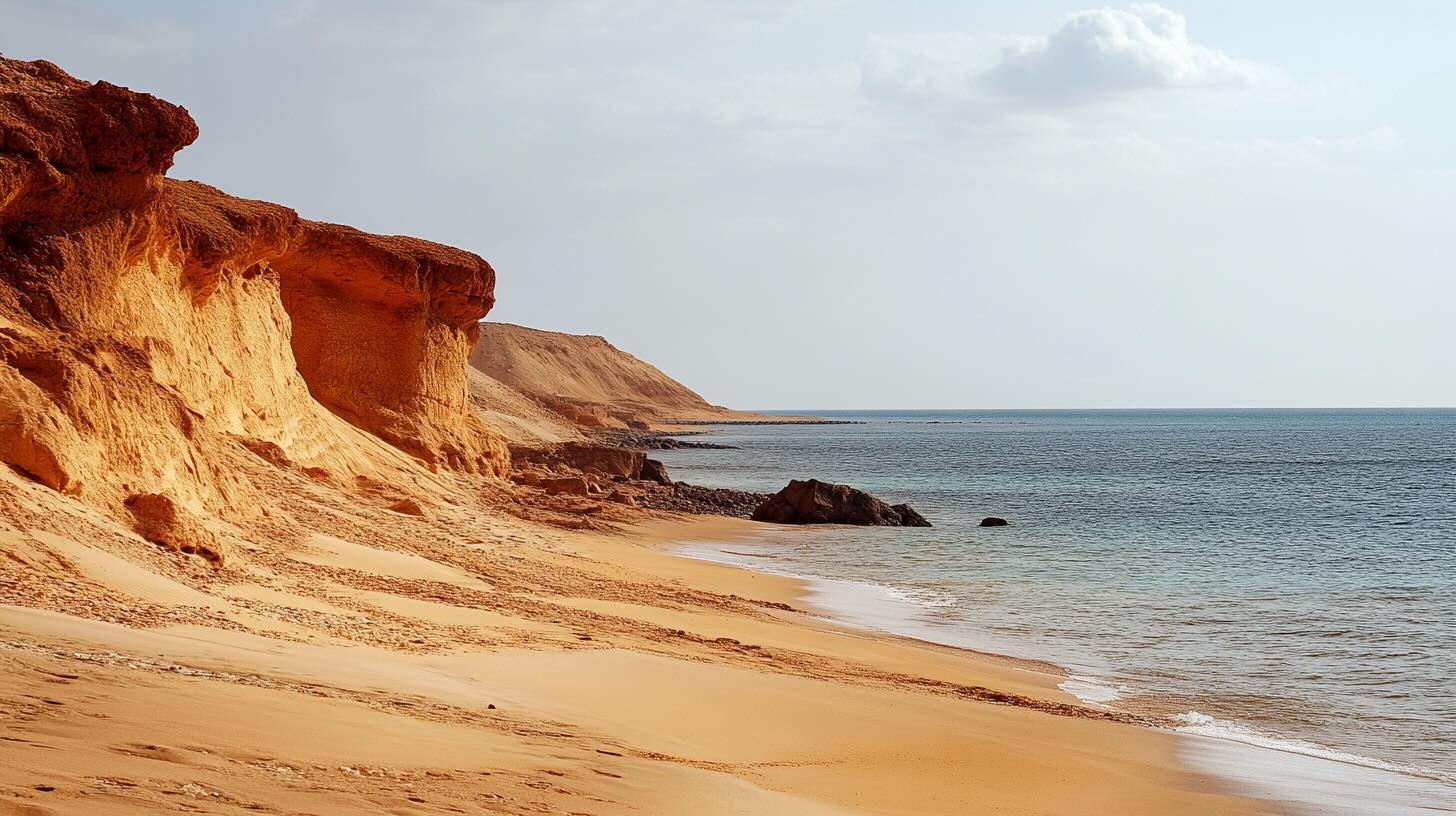
Internet Access in Yemen: Overview and Key Aspects
Yemen’s bandwidth is dominated by a single aging subsea cable, the FALCON/FLAG system, landing at the Red Sea port of Hodeidah, with only a narrow backup via Djibouti and some satellite links. During the civil war, land fiber links to

